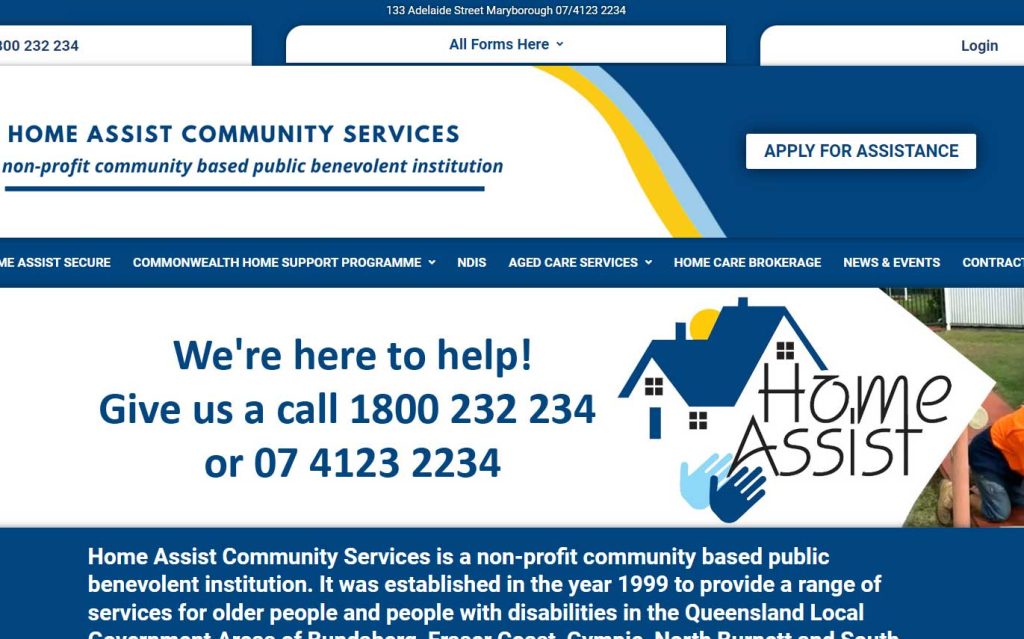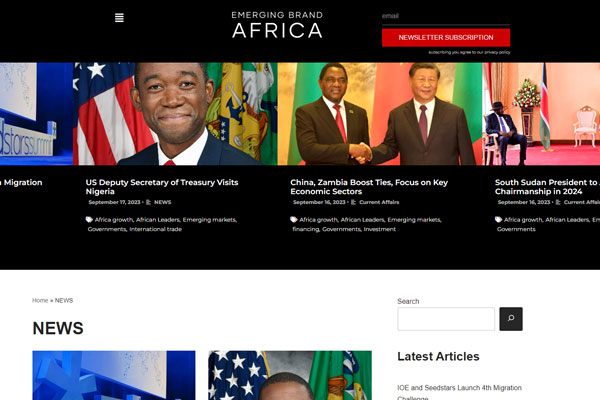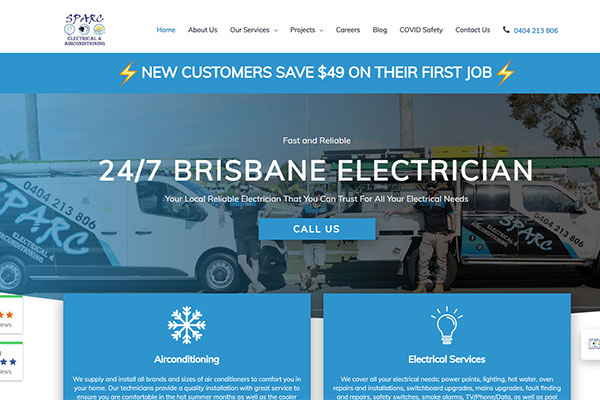Thank you Home Assist! Love creating your website. The new Home Assist website came with tailored multi form integration to satisfy the needs of home assist for their on website customer intake forms. Going forward we are looking at integrating the form data into internal worflows hopefully eliminating manual data entry for the organisation.
Business web design for Queensland-based Not-For-Profit (NFP) organizations plays a crucial role in creating a strong online presence, effectively communicating the mission and impact of the organization, and engaging stakeholders. In this article, we will explore the key elements and considerations for designing a business website specifically tailored to the needs of NFPs based in Queensland, Australia.
- Compelling Storytelling: A business website for a Queensland-based NFP should prioritize storytelling to effectively convey the organization’s mission, values, and impact. Use engaging narratives, personal stories, and compelling visuals to connect with visitors emotionally. Highlight the organization’s history, accomplishments, and the beneficiaries it serves. By sharing authentic stories, the website can inspire empathy and encourage visitors to get involved.
- Clear Mission and Objectives: Clearly communicate the mission, vision, and objectives of the NFP organization on the website. Use concise and impactful statements to explain the purpose of the organization and the positive change it seeks to create. Visitors should be able to understand the organization’s core values and goals quickly and easily.
- Donations and Fundraising: Provide prominent and user-friendly options for donations and fundraising. Feature a dedicated section that outlines the organization’s funding needs and the impact donations can make. Include multiple donation methods, such as online payment gateways, direct bank transfers, or recurring donations. Showcase success stories that demonstrate how donor contributions have made a difference.
- Volunteer Opportunities: Highlight volunteer opportunities on the website to engage potential supporters. Create a dedicated section where visitors can explore different roles, responsibilities, and how they can contribute their time and skills. Include a volunteer registration form or contact information for interested individuals to get involved.
- Events and Campaigns: Promote upcoming events, campaigns, and initiatives on the website. Provide detailed information about each event, including dates, locations, and registration processes. Incorporate features such as event calendars, RSVP forms, and ticket purchasing options to streamline the registration process. Encourage visitors to participate, volunteer, or donate to support these activities.
- Impact and Results: Demonstrate the impact and results of the NFP organization’s work. Use data, statistics, and visual representations to showcase the organization’s achievements and the positive outcomes it has generated. Share success stories, testimonials, and case studies that illustrate the transformative impact on individuals or communities. This helps build credibility and fosters trust in the organization’s efforts.
- Partnerships and Collaborations: Highlight partnerships and collaborations with other organizations, government agencies, and stakeholders. Showcase logos, testimonials, and case studies that demonstrate successful collaborations. This not only highlights the organization’s credibility but also showcases its ability to leverage resources and work collectively to achieve shared goals.
- Transparency and Accountability: Emphasize transparency and accountability through clear reporting mechanisms. Provide financial reports, annual reports, and impact assessments on the website. Ensure that these reports are easily accessible and comprehensible for stakeholders, donors, and the general public. This fosters trust and demonstrates the organization’s commitment to responsible governance.
- Responsive Design: Optimize the website for mobile devices and ensure a responsive design. Many visitors access websites through smartphones and tablets, so it is essential to provide a seamless browsing experience across different screen sizes and platforms. This enables potential donors, volunteers, and supporters to access the website and engage with its content conveniently.
- Contact Information and Support: Make it easy for visitors to get in touch with the organization. Include contact information such as email addresses, phone numbers, and physical addresses. Provide a contact form or live chat option for inquiries and support. Promptly respond to inquiries and show that the organization values engagement with its stakeholders.
- Compliance with Accessibility Standards: Ensure that the website meets accessibility standards, including compliance with Web Content Accessibility Guidelines (WCAG).


